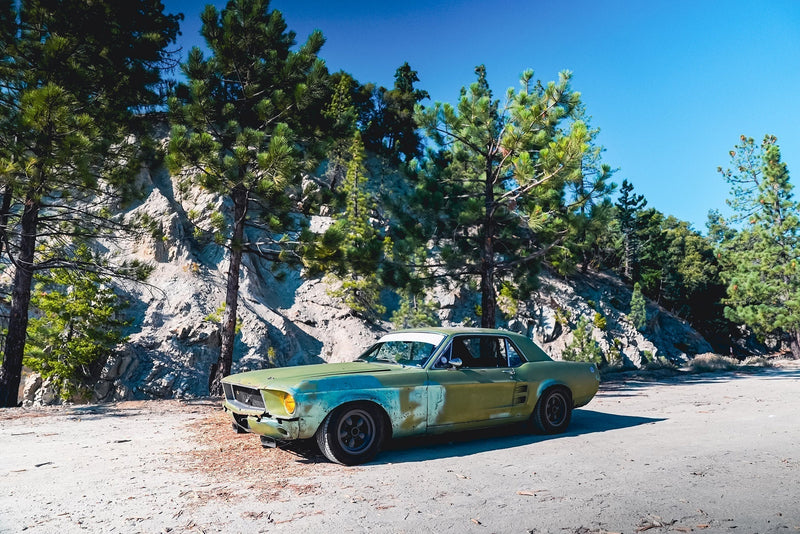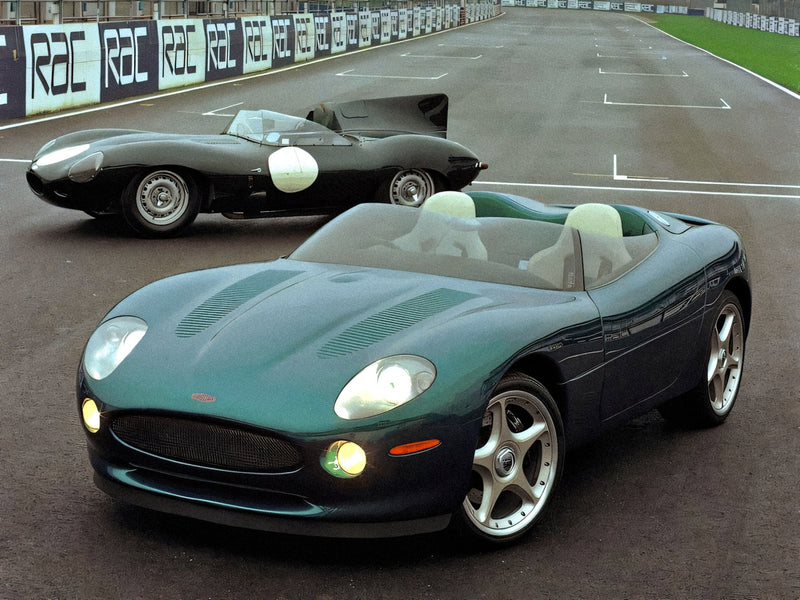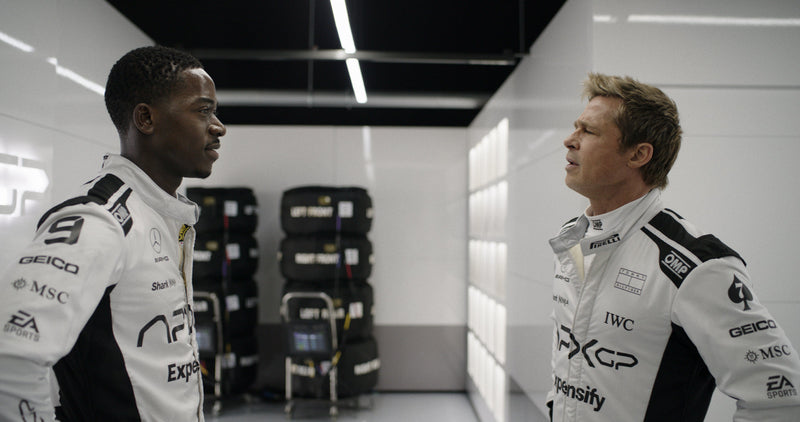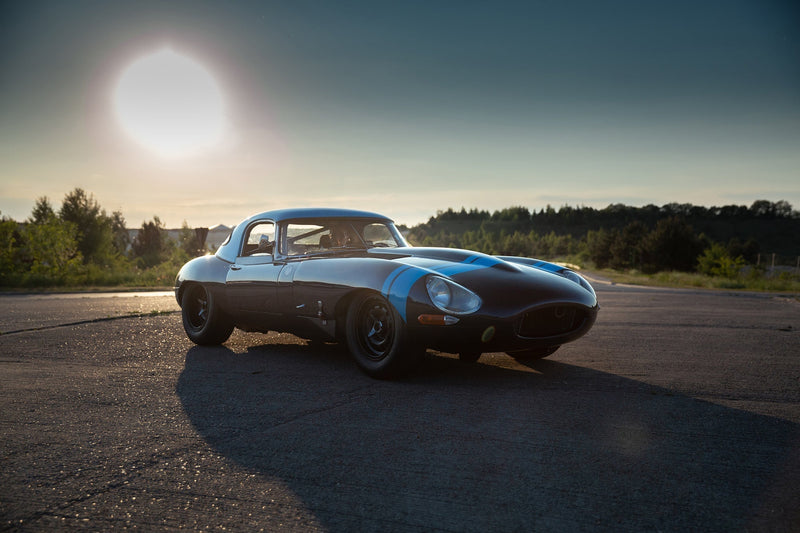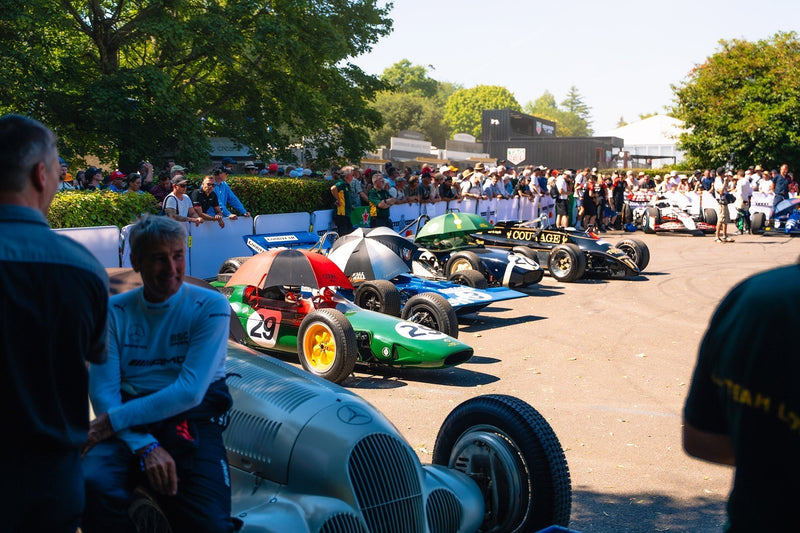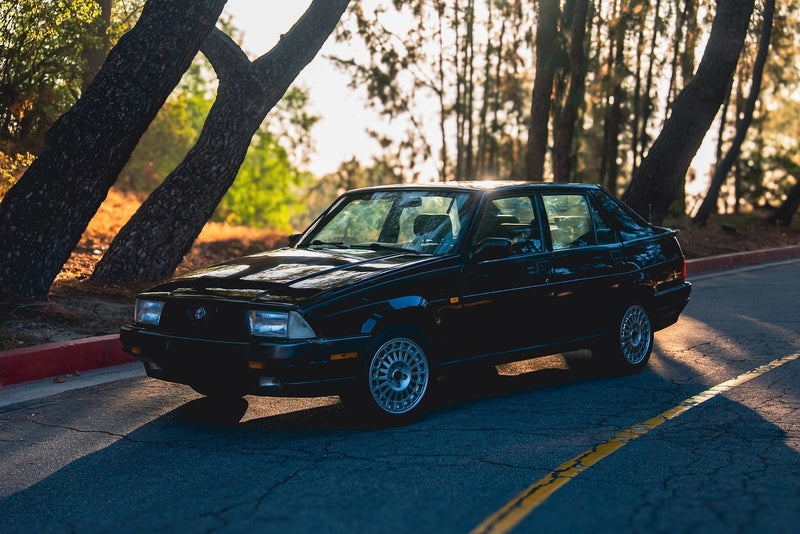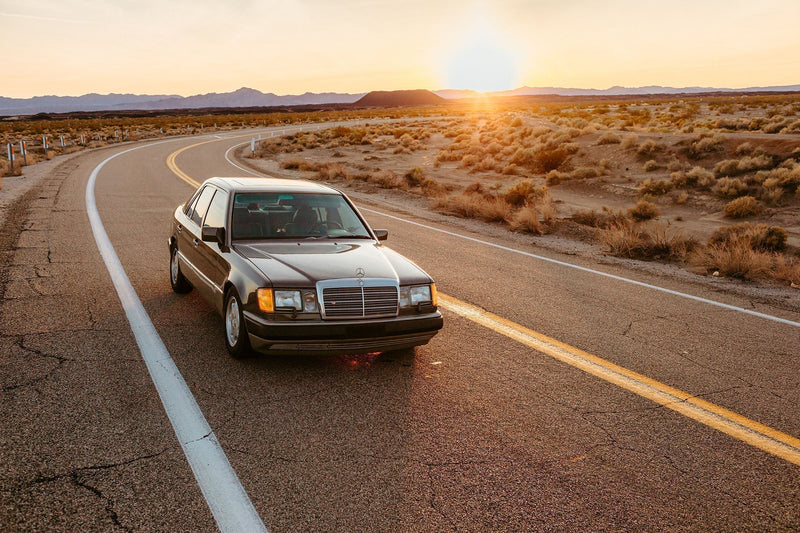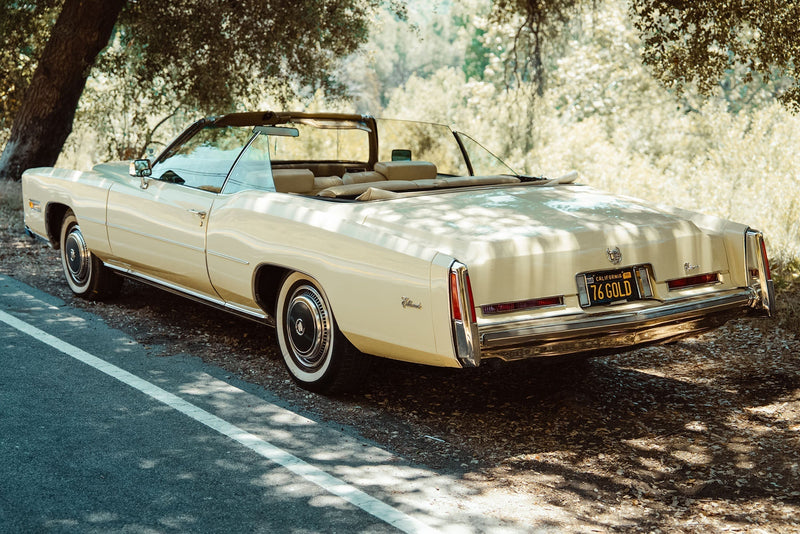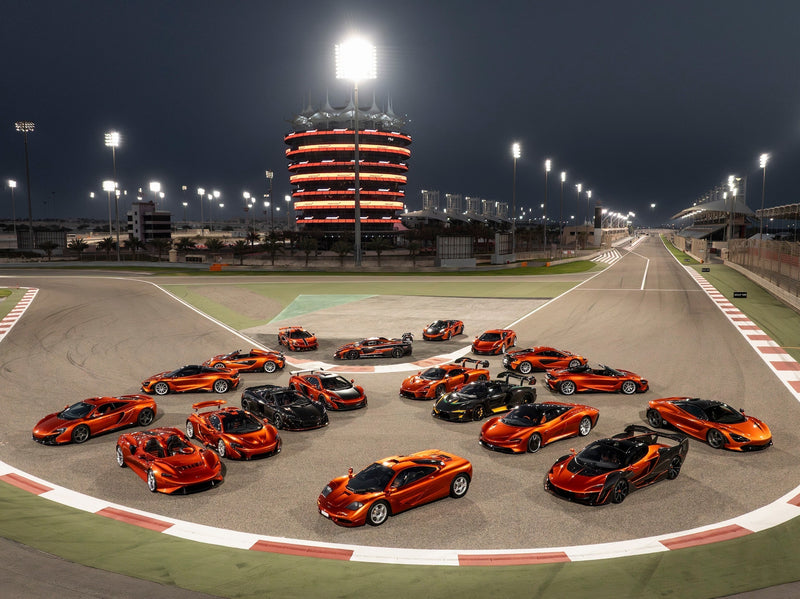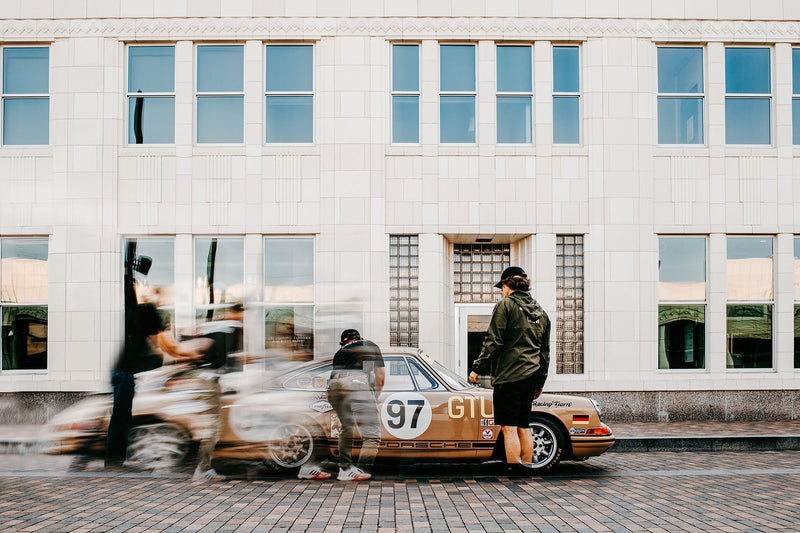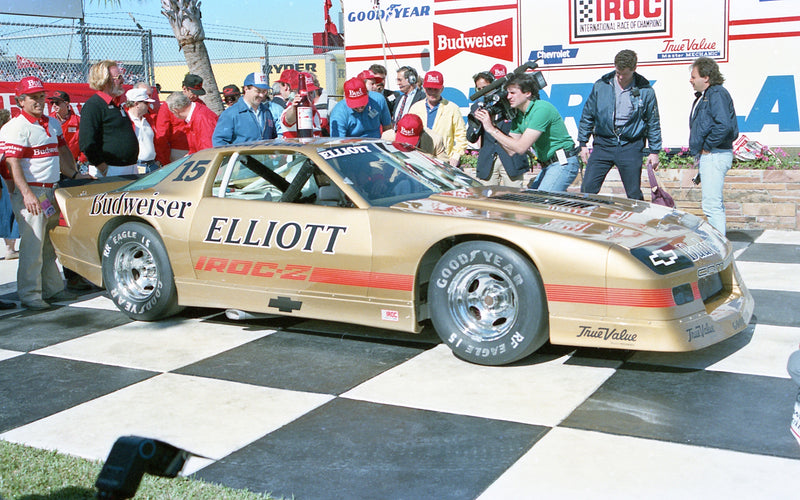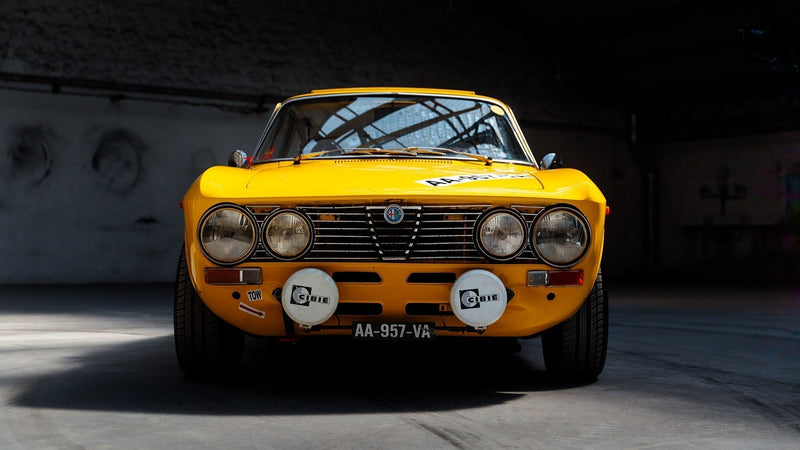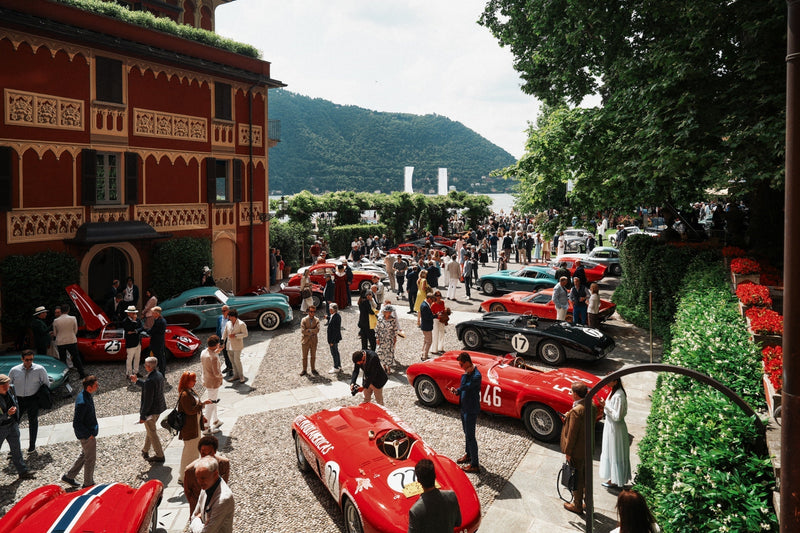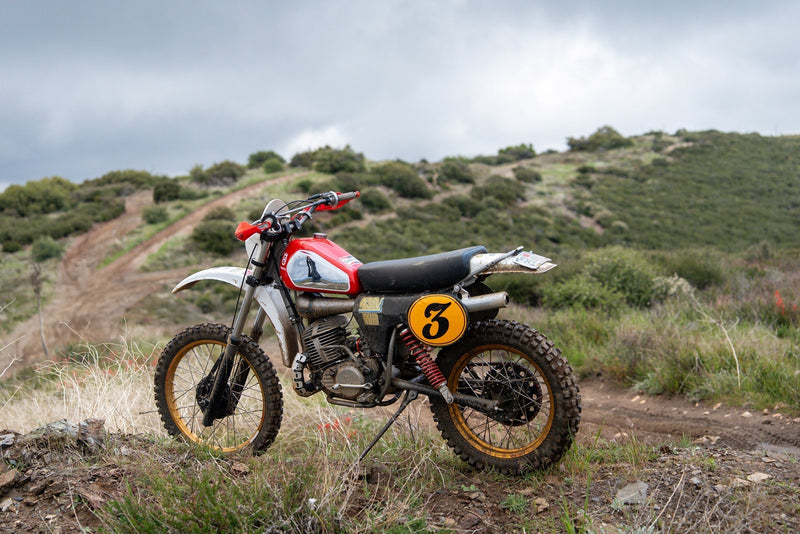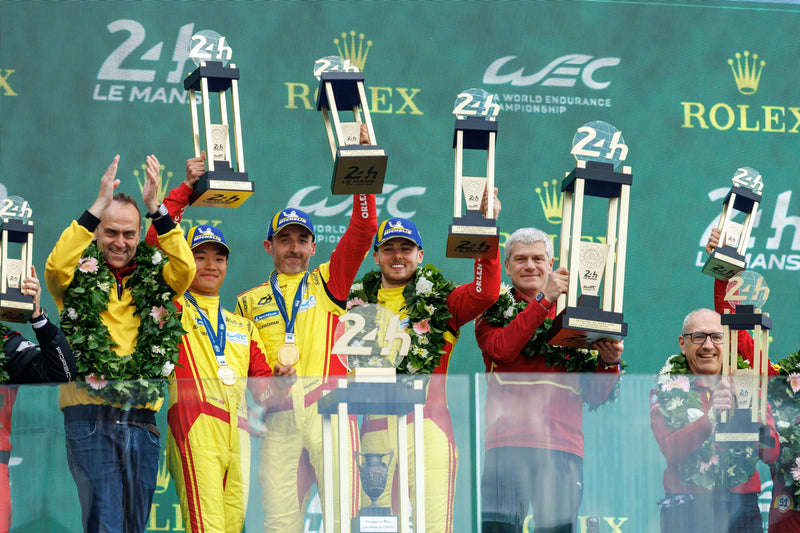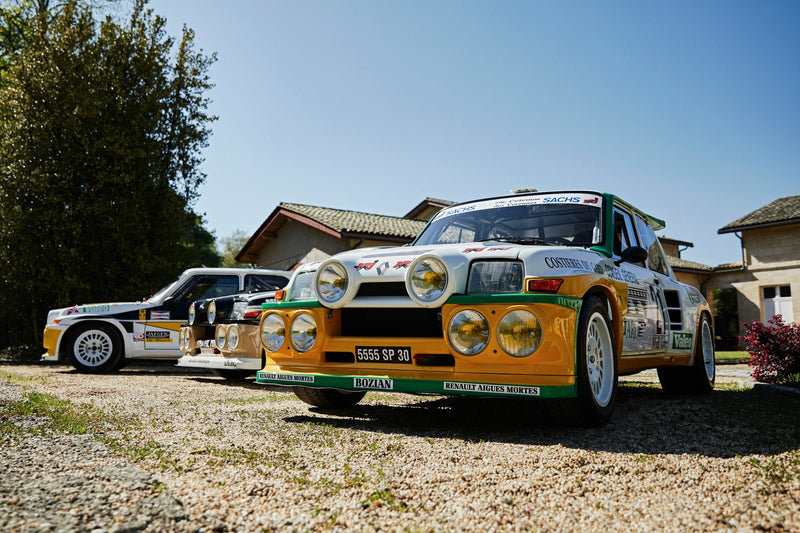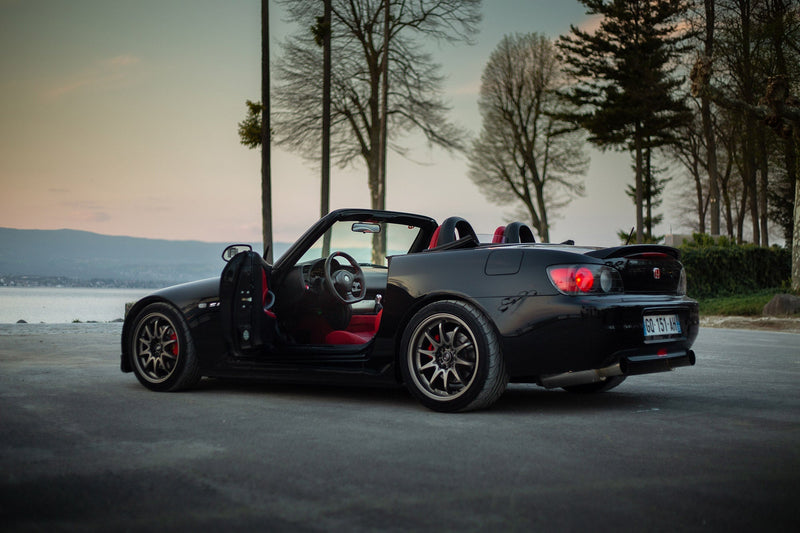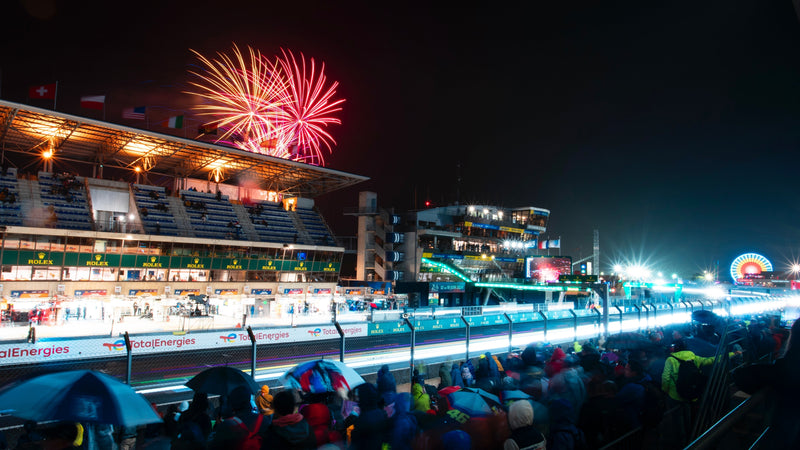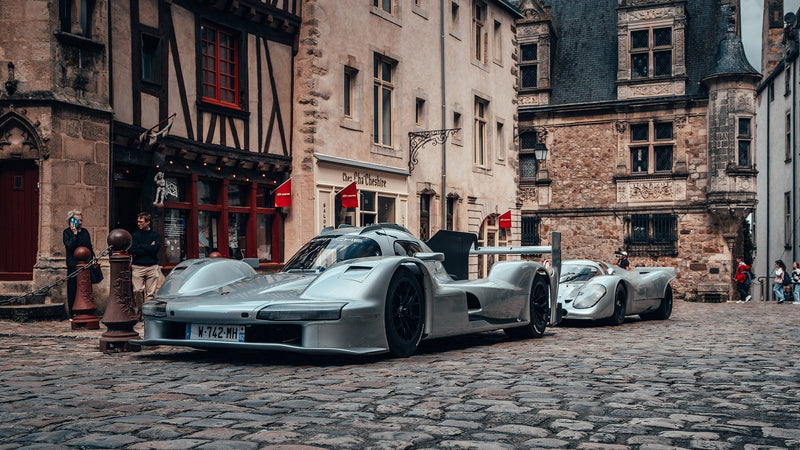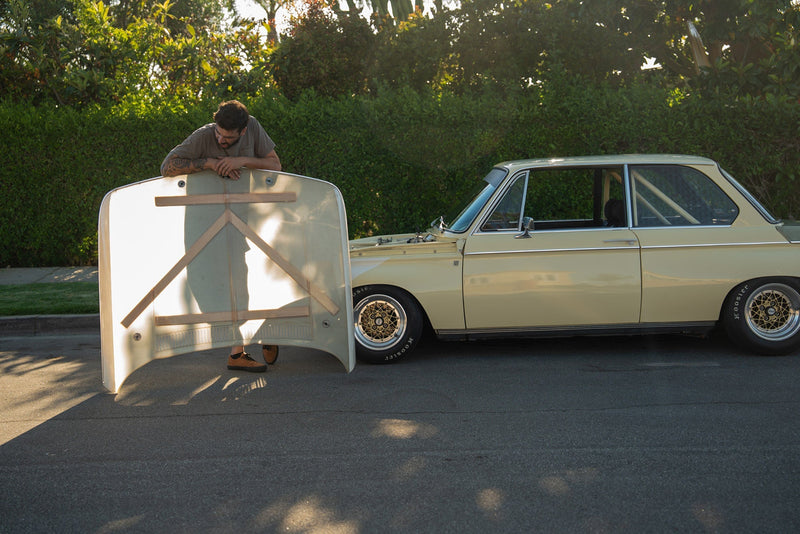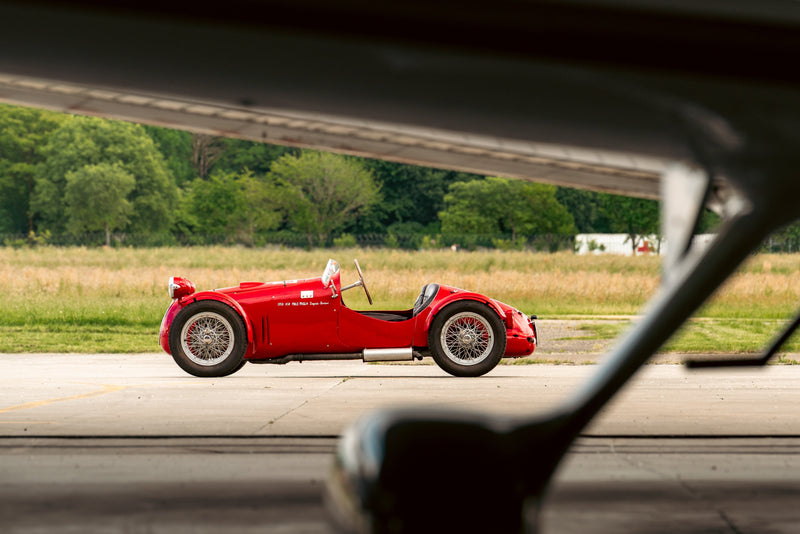Some of my best memories of growing up consist of spending hours and hours glued to the joysticks of a video game controller. Most of that time was spent playing racing games like the Gran Turismo series, wishing to one day be able to live out the thumb-directed scenes on the TV I was surely sitting too close to.
Among these fantasies was a desire to drive rally cars, whether they be early 1970s WRC legends, the Group B monsters of the mid 1980s, or anything with “Mäkinen” or “McRae” labeled above the side windows. Fast forwarding a few decades to the present, I find myself fortunate enough to have these daydreams cross the membrane into reality. But before we dive into the details of the driving experience of these two wonderful tributes to rear-wheel drive Group A rallysport goodness, let’s step back a bit into the past.




The Group A category of circuit and rally racing was introduced by the FIA in 1982 to replace the outgoing Group 2 class, which was mostly comprised of modified street cars that we know as touring cars. The full rulebook is a bit dry to reprint here, but the regulations were overall pretty straightforward: the racing cars had to be homologated by production versions, and modifications were fairly limited. Power, weight, and overall technological innovations were largely carried over from the road cars before being given the typical motorsport treatment (i.e. more power, less weight). In other words, these were not prototypes. Cars like the BMW E30 M3 and R32 Nissan Skyline came to define the circuit racing scene by the end of the 1980s, but it would be some time yet before Group A cars would have their time in the rally spotlight.



They coexisted with the Group B heroes (antiheroes?), but were plainly overshadowed by them. The Group B cars—Peugeot 205 T16s, Audi Quattros, Lancia 037s and Delta S4s, Ford RS200s, et al—were also homologated, but by contrast to the Group A cars they were basically prototypes, absolutely dangerous and mental bits of machinery that spat flames while airborne over dirt, tarmac, snow, and gravel alike. Built for a single purpose with hardly any restrictions, they will undoubtedly never be one-upped. Modern WRC machines are quicker, but far tamer. And while both Group A and Group B teams built some memorable cars, one British team did both: Prodrive.





Founded by Ian Parry and David Richards in 1984, the outfit’s first involvement in motorsport was with the Rothmans-Porsche Rally Team for the European Rally Championship and Middle East Rally Championship. The 911 SC/RS arose from the need to provide the manufacturer-backed team with an instant Group B Rally car, as the rules allowed for all previous Group 1-4 homologated cars to enter into Group B without significant changes. Porsche therein used its Group 3 911 SC to introduce a new evolution of the SC, which was dubbed the SC/RS. The car used the SC’s 3.0-liter heart versus the Carrera’s 3.2 liter, and 20 evolution models were built, of which five were used for Prodrive’s rally effort. The remainder of the cars were sold off as special editions by Porsche.





Despite solid attempts and decent in-class results, the SC/RS was never able to score a win against its fiercer AWD rivals. The SC/RS could have been replaced by something built from the ground-up, but the Group B era came to an abrupt end in 1986 before any semblance of a successor could come to fruition. By 1987 however, Prodrive was able to score its first WRC victory with their Group A BMW E30 M3.
The rally-spec rear-wheel drive M3 was developed with the help of BMW Motorsport GmbH using the proven touring car champ’s chassis as a base with slight modifications made to help stiffen up the car a bit and better suit it to the rigors of rallying. They also made some fine tuning adjustments to the naturally aspirated 2.3-liter inline-four S14 motor, and equipped the car with a six-speed dog box transmission. The traditional front-engine rear-drive configuration proved successful for the team (especially on the tarmac stages, as you would expect), and Prodrive continued rallying with the M3 until 1990, wherein they then entered the touring spec of the car in the BTCC and finished first in their class.




Both cars pictured here have been built in proper tribute form—these are so much more than liveries—to channel the early rear-wheel drive Prodrive rallying story (Prodrive would go on to find absolute success in the WRC with the Subaru team in the 1990s). While these cars’ period correct liveries are quite the sight and are cool homages in their own right, the mechanical medications are what make them truly unique. They are built to correct spec, and the driving experiences couldn’t be any more different.
Gen Shibayama, the owner own both cars, insisted that we take the pair out for a blissfully fun session of compare and contrast. To my surprise—and maybe this is simply because I’ve become so accustomed to the RR drivetrain layout—the SC/RS was significantly more tame than I expected.


After spending so much of my youth gawking at this car (along with the Rothmans 959, naturally) and seeing videos of it being absolutely flogged around ridiculously rough terrain, I was expecting a much harsher driving experience. But in fact it wasn’t much more different than driving a standard 911 road car of the age, aside from the slight bump in power and torque, and the odd feeling of the raised center of gravity.



In the driver’s seat, the car felt lighter than most G-Series 911s, which certainly helped attenuate the slight loss of nimbleness that unavoidably comes with running the gravel tires on tarmac. Once I got comfortable with these sensations, everything became, well, very normal feeling. And after deciphering through that thought process, I came to realize that this perhaps was the exact reason why the SC/RS performed well, but never won. Because when put into perspective, any 911 from the era is likely to be fairly competitive on tight routes laden with hairpins and decreasing radii corners, no matter how much power they are going up against. It’s just too bad that Porsche and Prodrive didn’t take the 911’s WRC foray further, because I feel strongly that if this thing had the same development time and budget as its competitors that it may have found itself on more than a few podiums.



The E30 M3 on the other hand was unlike any other E30 M3 I’ve driven before. I’ve spent time in a US-spec stock one, a euro-spec, and the holy grail, the Sport Evo.
While all three of those cars shared similar driving characteristics—primarily being a bit too easy to drive, though still a joy to wring out—this thing lives up to its aesthetic. The increased power, lightened body, and stiffened chassis paired with all of the typically fun race car add-ins like the dog box transmission and solid bushings to deliver an extremely high level of driver engagement. Every single bit of noise vibrated through the shifter, through the seats, through the steering wheel, the pedals, and through me. Every pebble on the road made its presence known. But I wouldn’t have expected anything less out of a full-blown Group A machine like this.


After getting acquainted with the car it was time to push a bit more, and when I did it absolutely blew me away. The amount of forward thrust generated above the 6000RPM tick was immense, reminiscent of turbos but produced by an atmospheric four-banger. That power, mixed with the utter balance provided by the dialed-in suspensions and uber sticky tires made cornering as telepathic as everyone says about the standard M3.
It also provided so much grip on gravel that my body was giving out before the tires were. Even with the addictively fun power band, the most impressive part was the way the chassis felt. At slow speeds, the car was rigid, stuck on a leash, on rails, what have you. But the moment you’d pick up some speed and carry it through a corner, the car would just absorb anything tossed its way rather than get thrown around as you might expect of something this stiff. It had stability in spades, but it was happy to oblige whenever you wanted to get it a bit sideways, in which in that case it would transition into the most controllable, effortlessly negotiable slide. This was one of the best driving experiences I’ve ever had.



Both cars are special, both are utterly pleasurable to drive with purpose. Standard G-Series 911s have earned their reputation as some of the best classic analog sports cars out there, and so have E30 M3s, but these two were transcendental. They felt nothing alike, and distinctly different from my preconceptions. If I could go back and tell childhood me about this day, I’d smile and say, “Just you wait.”




































